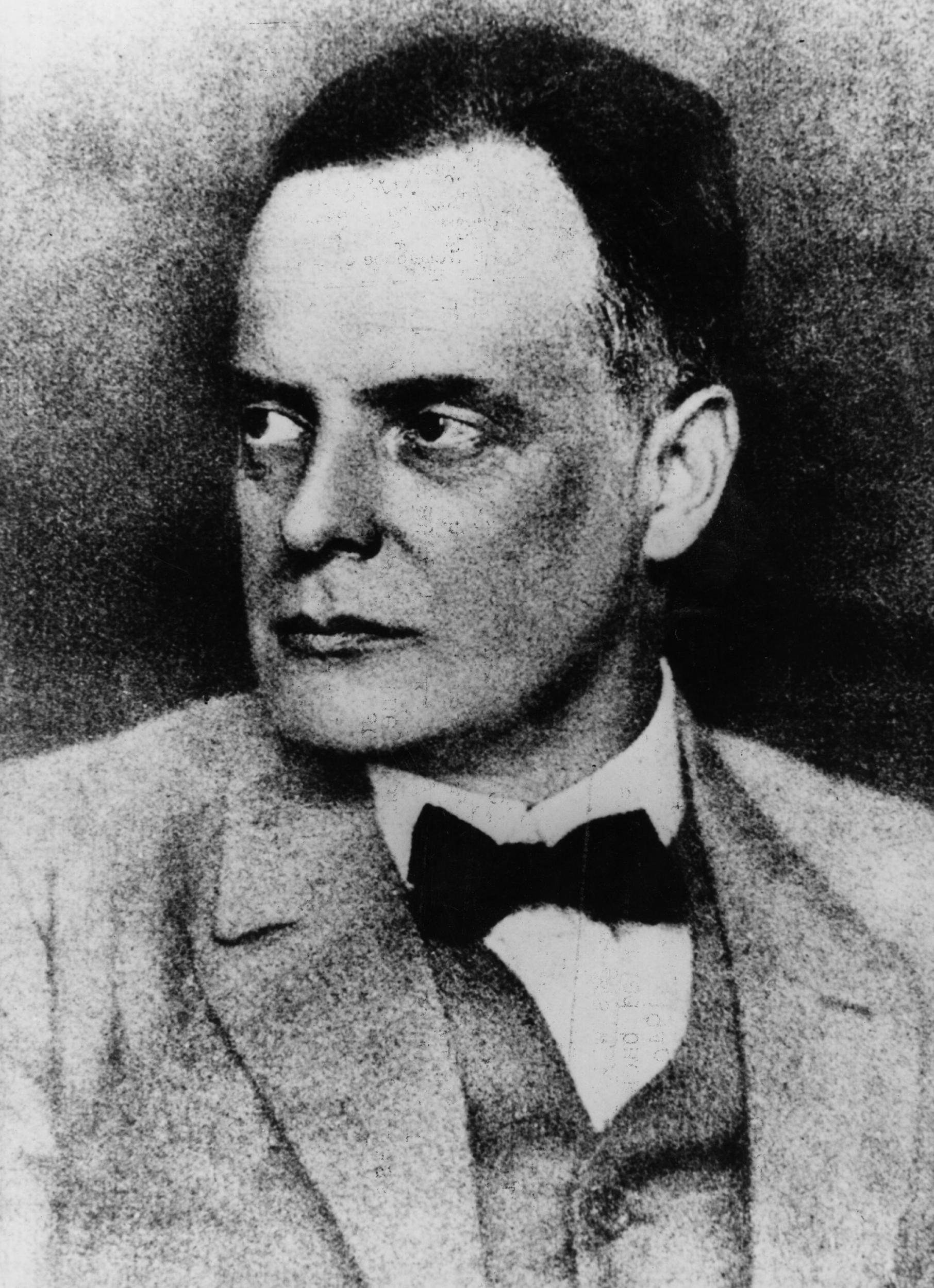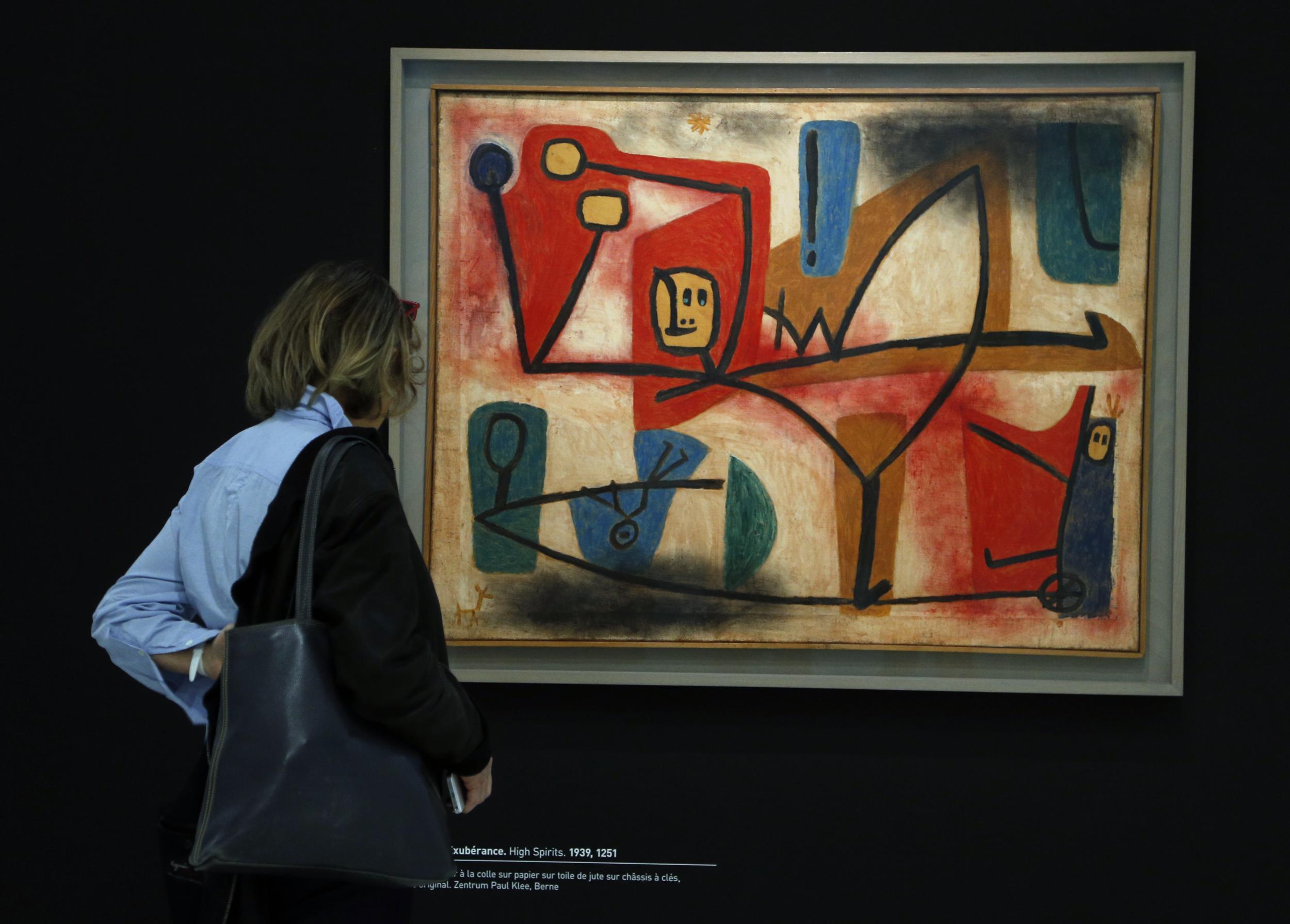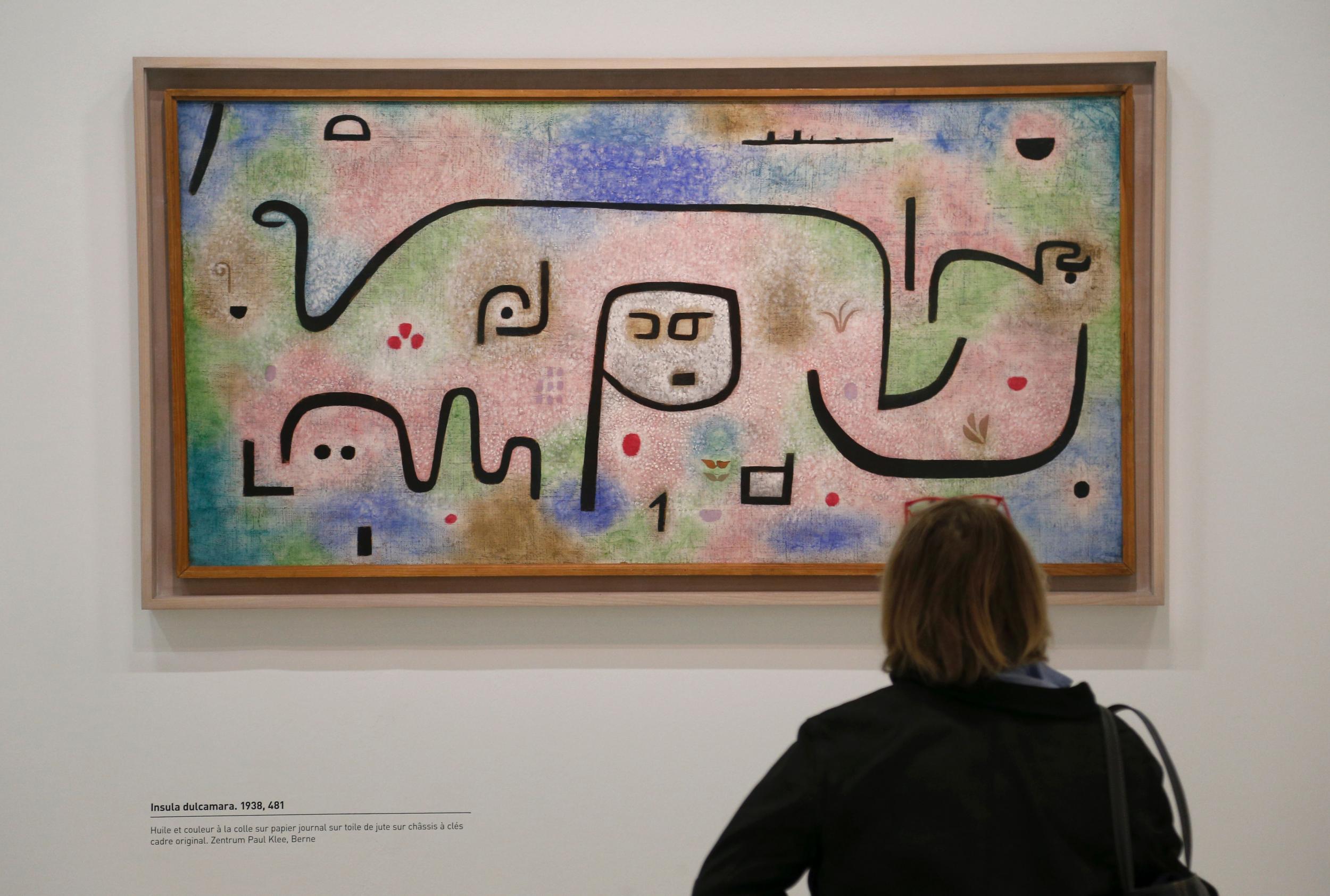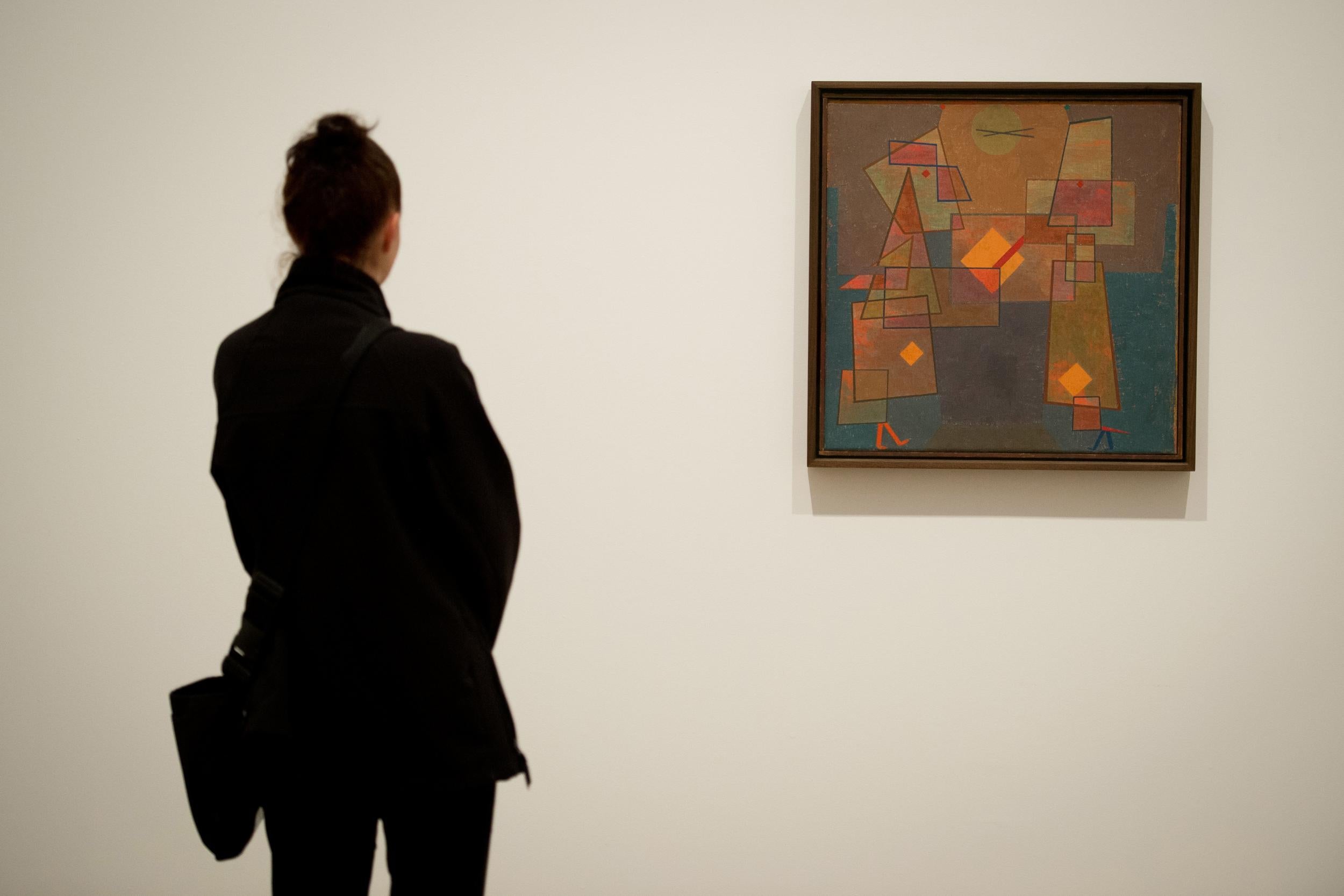The Independent's journalism is supported by our readers. When you purchase through links on our site, we may earn commission.
Paul Klee: Five things you should know about the renegade German-Swiss painter
Klee, one of the most prominent painters of the 20th century, is being celebrated by a Google Doodle this Tuesday
Your support helps us to tell the story
From reproductive rights to climate change to Big Tech, The Independent is on the ground when the story is developing. Whether it's investigating the financials of Elon Musk's pro-Trump PAC or producing our latest documentary, 'The A Word', which shines a light on the American women fighting for reproductive rights, we know how important it is to parse out the facts from the messaging.
At such a critical moment in US history, we need reporters on the ground. Your donation allows us to keep sending journalists to speak to both sides of the story.
The Independent is trusted by Americans across the entire political spectrum. And unlike many other quality news outlets, we choose not to lock Americans out of our reporting and analysis with paywalls. We believe quality journalism should be available to everyone, paid for by those who can afford it.
Your support makes all the difference.Paul Klee, one of the most celebrated painters of the 20th century, will be remembered this Tuesday on what would have been his 139th birthday.
The artist, a native of Bern, Switzerland, incorporated cubist, surrealist, and expressionist influences into his work – although the imaginative painter didn’t belong to a specific movement over the course of his prolific career.
He is remembered as a painter capable of capturing the beauty and complexity of nature while making use of humour and embracing the absurd.
A Google Doodle will pay tribute to the German-Swiss painter this Thursday. Here are five things you should know about Klee and his legacy:
1. He almost chose music over painting
Born to two trained musicians, Klee was a talented violinist who sometimes played in the Bern symphony orchestra in his twenties.
He originally considered embracing a career in music, as noted by the Encyclopaedia Britannica, though he started exploring various forms of art – including poetry and playwriting – from a young age.

Among his creations were landscape drawings, in which his parents saw a possible career path.
Klee trained at the Munich Academy before travelling to Italy, opening his mind to other forms of art.
He developed his talent for caricature, which paved the way for his first noticed work, a series of satirical drawings called Inventions.
The painted married pianist Lily Stumpf in 1906. The couple settled in Munich where Klee, a German citizen (though he had a claim to Swiss citizenship) pursued his art career.

2. He found success in Germany, but had to leave when Adolf Hitler rose to power
Klee wasn’t an overnight success. His caricatures struggled to find an audience, though he did produce illustrations for Voltaire’s Candide in 1911-1912.
During that time, Stumpf mainly supported her family – which now included an only child, Felix – by teaching piano lessons.
Klee travelled to Paris and learned more and Impressionist and Post-Impressionist artists such as Paul Cézanne and Vincent van Gogh. He became a member of Der Blaue Reiter, a group of artists co-founded by Russian painter Wassily Kandinsky.

In 1920, Klee began teaching at the Bauhaus, the famed art school located in Berlin. His notoriety grew, and in 1925 Klee held his first solo exhibition in Paris.
After 11 years at the Bauhaus, Klee moved on to a position at the Dusseldorf Academy, where he worked until 1933, the year Adolf Hitler became chancellor of Germany.
The Bauhaus itself closed down under the pressure of the Nazi regime. The Gestapo searched Klee’s home and studio, as stated by the Encyclopaedia Britannica.
Klee left Germany for Switzerland, where he kept creating, giving his take on the historical developments of his time through his art.
3. World War I left an impression on his work
Although he was a German citizen, Klee was exempt from combat due to his status as an artist.
He kept creating throughout World War I in Bavaria, and at the end of the conflict in 1918 felt a sense of political optimism.
Klee’s inclination towards exuberance and humour in his work intensified, and his more whimsical creations began selling.

4. He once experienced intense self-doubt
While he is remembered as a skilled artist capable of mastering a wide range of styles, with a sharp eye for colours, Klee wasn’t always confident in his abilities as a painter.
He found it “difficult to pain” until 1914, the Encyclopaedia Britannica notes.
Klee appeared to experience an epiphany during a trip to Tunisia, where he learned to “paint watercolours in which pure and vibrant colour worked as an equal partner with line”, the New York Times wrote in 1987.
The painter himself took note of that change and wrote in a diary entry: “Colour has taken possession of me; no longer do I have to chase after it, I know that it has hold of me forever... Colour and I are one. I am a painter.”
5. He was a prolific artist – and a bit of a renegade
Klee, who died in 1940 after an illness now recognised as scleroderma, produced about 9,000 works throughout his career.
While he borrowed and learned from several artistic currents, the painter didn’t belong to any of them, and experimented with various styles and techniques to create his personal style.
His legacy still permeates the art world. “The legacy of Klee is everywhere,” reads a New York Times headline from 1987.
“The unemphatic art of Paul Klee has entered the universal language not only of fine art but of advertising, graphic design, high-quality cartooning and communications in general,” the newspaper wrote.
“Short of hiding under the sofa, it would be difficult to pass a day in a big city anywhere in the Western world and not be reminded of Paul Klee over and over again.”

Join our commenting forum
Join thought-provoking conversations, follow other Independent readers and see their replies
Comments